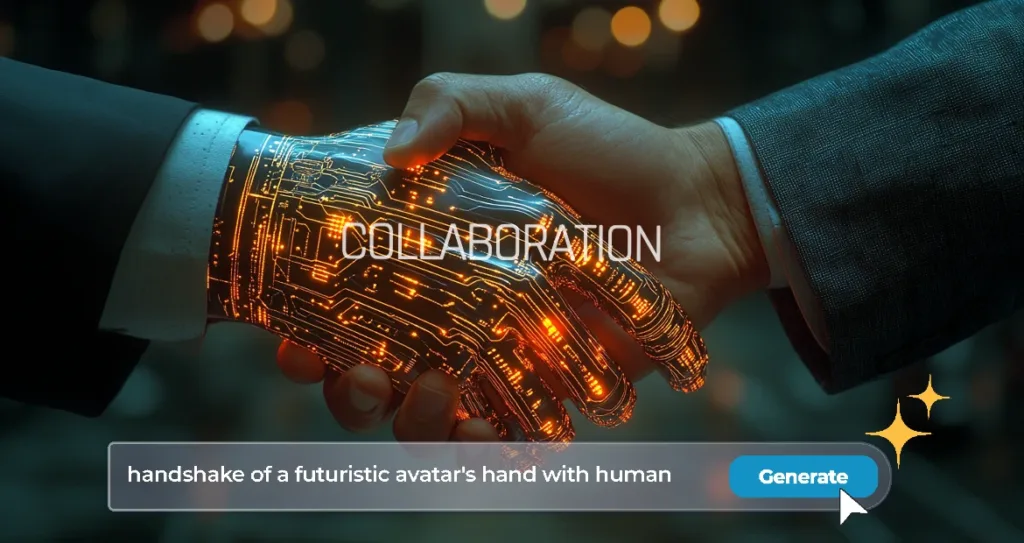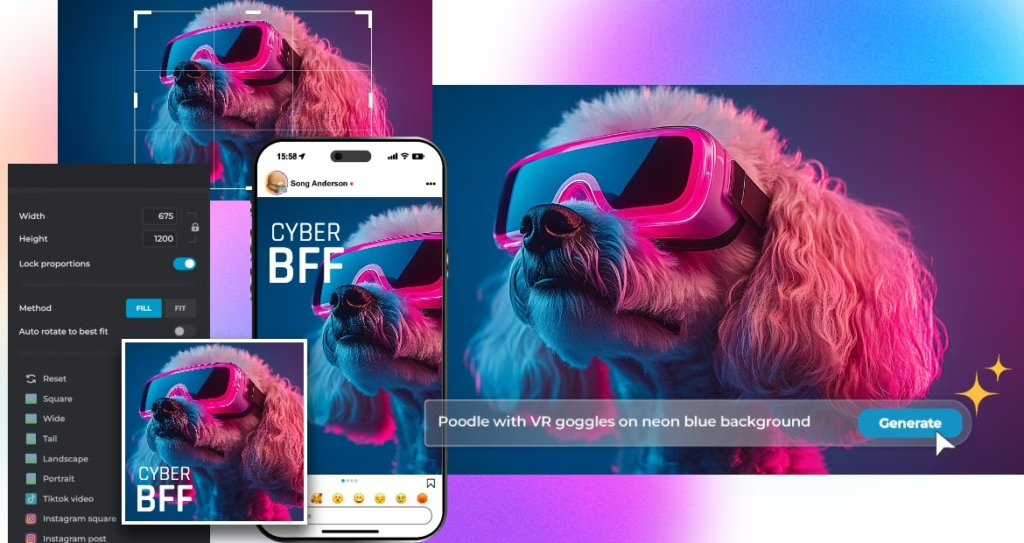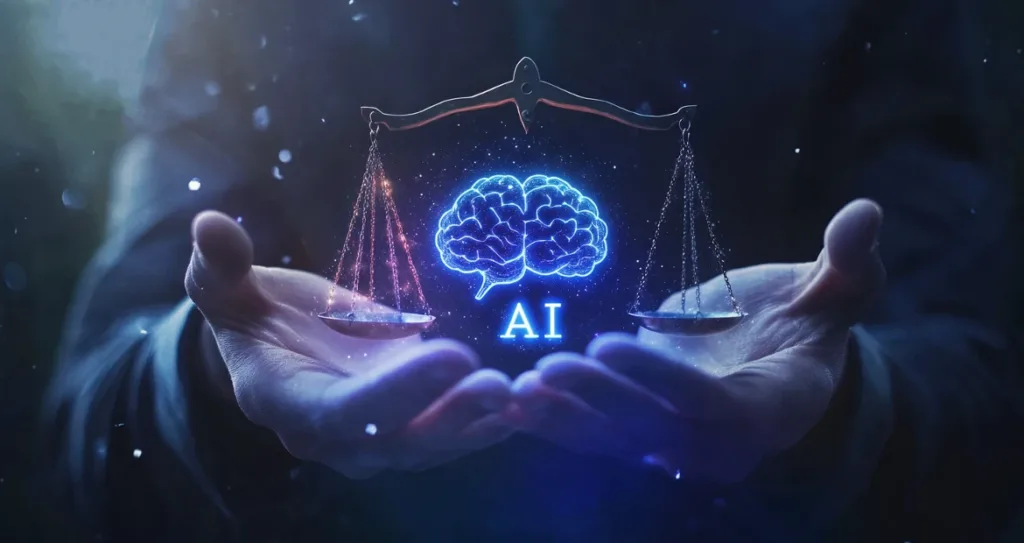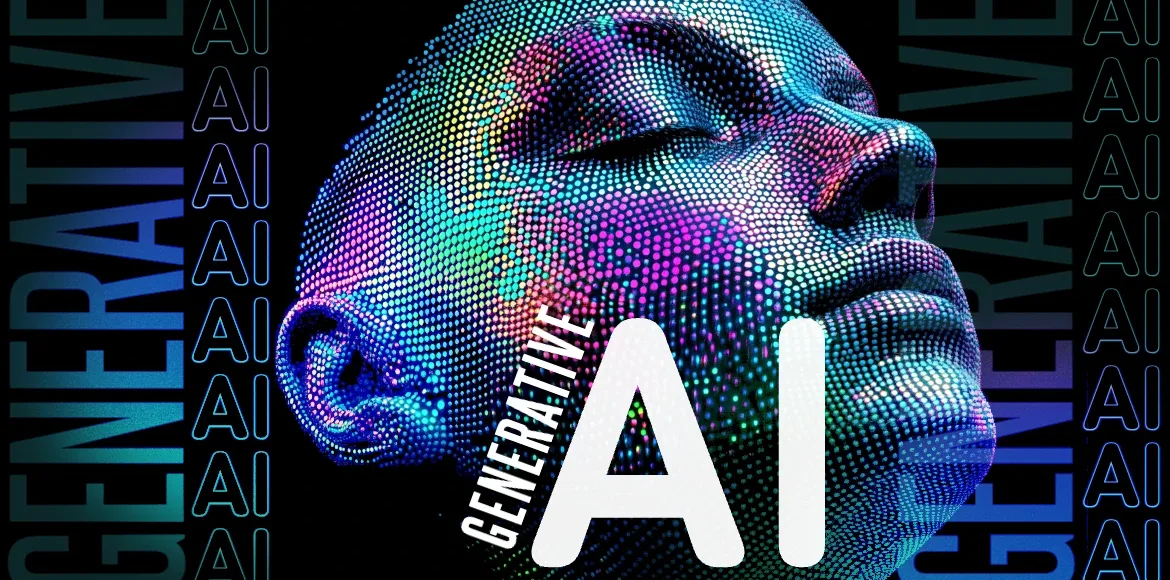Generative AI: How They Are Changing Creative Design
Gen AI is an innovative technology that leverages machine learning models to generate new content from existing data, create original images, designs, and more.
It has gained rapid popularity across many creative industries due to its ability to automate processes and ignite creativity.
According to PwC, Fifty-four percent of companies had used generative AI in their business by November 2023 – just one year since ChatGPT was released.
As design demands are evolving, generative AI provides a competitive advantage to the designers who are trying to push the creative boundaries rather than focusing on complex editing tasks.
This technology is shaping how creators develop unique visuals efficiently and expand their creative potential as well.
What Is Generative AI?
Generative AI uses algorithms like GANs (Generative Adversarial Networks) to produce realistic graphics based on existing content and patterns.
This means the AI can generate creative assets that match specific styles or themes that allow the designers to think outside the box.
There’s a prime difference between the traditional AI and the generative AI. Traditional AI follows fixed rules to perform any task, while generative AI creates something completely unique using the existing data.
As an example, traditional AI can assist with simple editing tasks like color corrections, while generative AI can create completely new artworks based on users’ descriptions.
This innovativeness allows designers to concentrate on their design vision, strategy, and storytelling and let the AI do the greasework.

The Role Of Generative AI In Creative Design
Generative AI is reshaping many design sectors including graphic designing, photo editing, and creative asset enhancement. Pixlr’s suite of AI tools is contributing significantly to this industry as well.
Producing Unique Graphics with Simple Text Prompts
As a graphic designer, it’s not enough just to be a creative visionary. To produce unique visuals, one also needs adequate time and high-value skill for operating complex design softwares.
Without the combination of creativity and expertise, it is practically impossible for someone to generate custom designs.
Pixlr’s AI Image Generator resolves this issue by allowing designers to curate creative assets from scratch with simple text prompts. Describe your design to the AI, sit back, and watch as it turns your idea into a complete design instantly.
This transformation enables faster brainstorming and concept visualization, allowing designers to be able to respond quickly to latest trends.
Automating the Design Workflow
Some design projects require designers to edit a large number of photos at a time. These can be resizing all images for a specific platform, removing backgrounds for more white space, or adjusting colors throughout the photos.
As an example, for an ecommerce website, there can be thousands of product photos that require the same but repetitive adjustments.
Editing these images one by one can be tedious and take up most of the designing time. Pixlr’s AI Batch Editor and AI Background Remover streamline these processes by automating them.
Pixlr Batch Editor allows you to crop, resize, adjust colors, and apply effects across hundreds of images at once. The Background Remover precisely removes the background of any subject and prepares it to be used in design materials.
All of these can be done with just a few simple clicks without manually editing each image, saving a ton of time.
These AI tools shorten production timelines, reduce errors, and maintain brand consistency across platforms.
AI Enhancement for Creative Assets
Photographers often face issues with low resolution, blurriness, and limited framing. These restrict the storytelling potential of captured photos.
Restoring the sharpness or seamlessly adding elements of the photos with traditional editing softwares require advanced retouching, masking, and advanced compositing skills, which most photographers don’t have.
Pixlr’s Gen AI tools address these challenges with automated solutions. The AI Super Sharp tool restores clarity in blurry areas and enhances details that bring out the texture in photos.
The AI Super Scale can upscale images for high-quality, large prints without sacrificing detail.
AI Generative Expand extends the framing while matching the background and natural aesthetic of the image. Choose the direction you want to expand your image to from the presets, and let AI do the rest.
AI Generative Fill allows you to add or replace elements in a photo for making it look picture-perfect. Mark the area, tell the AI exactly what you want to generate or replace, and watch the magic happen.
These advanced generative AI tools are setting new standards in the photography industry by allowing photographers to turn a photo into a masterpiece with wider perspective and creative enhancements.

Benefits of Generative AI in Creative Design
Generative AI is reshaping the creative design industry by streamlining processes, enhancing creative freedom, and reducing human errors. Let’s discover the limitless possibilities of Generative AI in creative design:
Enhanced Creativity and Brainstorming
Pixlr’s Generative AI allows designers to ideate and conceptualize designs with simple text prompts in seconds. For this, creatives can explore a wide range of styles and designs without manually drawing them.
With less time required in the editing process, designers can spend more time brainstorming design ideas and strategies.
Automation of Repetitive Tasks
Pixlr’s Generative AI automates repetitive design tasks like resizing, background removal, and adding effects with single clicks.
It also allows users to edit multiple photos at once. This reduces workflow bottlenecks and saves creatives a ton of time.
Reduced Learning Curve for Non-Experts
Pixlr’s Generative AI tools come with user-friendly interfaces that work with simple clicks. These tools make high-quality design accessible to those with minimal design experience.
This opens up opportunities for smaller businesses, content creators, and marketers to produce professional visuals without learning advanced designing skills.
Cost and Time Efficiency
Complex design tasks often require specialized expertise and an extensive timeline. With Pixlr’s Generative AI, any editing task now can be done in seconds without hiring additional resources.
This efficiency reduces production costs and allows users to respond to design needs and trends instantly.
Increased Flexibility in Content Creation
Pixlr’s Generative AI allows businesses to create personalized and customized content adapting to specific audiences and themes.
This particular flexibility allows designers to generate content that resonates with the viewers for social media, branding, and marketing campaigns.

Challenges and Ethical Considerations
Although Generative AI sounds all amazing, it still has few drawbacks that we need to consider. Let’s get into them right away:
Originality and Copyright Issues
Generative AI produces content by learning from vast datasets available on the internet, which may come with copyrighted images and designs.
This is why designers and companies using generative AI should make sure that those AI models are trained on authorized datasets to avoid any copyright infringement.
Alternatively, clear attribution and licensing policies can also help to respect the rights of original creators.
Impact on Human Jobs
As Generative AI tools automate many design tasks, it may start impacting entry-level design jobs that are focused on technical skills.
Companies should understand that these AI tools only complement and enhance human creativity, encouraging a collaborative relationship between human and AI rather than a competitive one.
Privacy Concerns
Some generative AI tools use real people’s images without consent, potentially violating an individual’s privacy.
Generative AI companies should seek consent for any real-life imagery used in their AI training datasets and maintain transparency about their data sources.
Quality Control
AI-generated content may not always meet quality and brand standards. That is why relying on generative AI blindly can lead to inconsistent results.
To make sure the AI-generated content is up to the mark, human oversight should be combined in the AI workflow. Human designers should review and refine AI-generated content to ensure quality and brand image.
Bottom Line
Generative AI is reshaping the landscape of creative design, enabling artists, designers, and photographers to push creative boundaries and streamline their workflows.
By automating repetitive tasks, enhancing visual quality, and sparking new creative possibilities, generative AI offers a powerful advantage to those willing to explore its potential.


